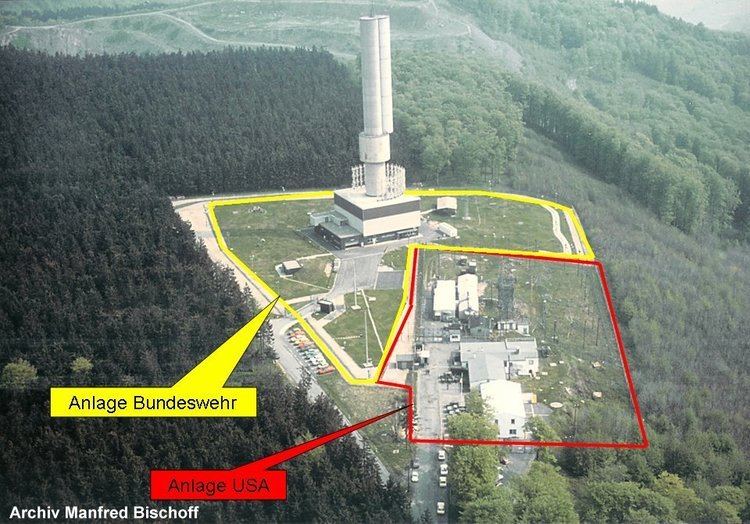Country Germany | ||
 | ||
Similar Kaufungen Forest, Frau‑Holle‑Teich, Kalbe, Ludwigstein Castle, Knüllgebirge | ||
The Hoher Meissner is a mountain massif with a height of 753.6 m and is located in the Meissner Kaufunger nature park in Hesse, Germany.
Contents
- Map of Hoher Meissner 37235 Hessisch Lichtenau Germany
- Aufkl rungsturm hoher meissner 1997
- GeographyEdit
- GeologyEdit
- MountainsEdit
- Lookout pointsEdit
- MiningEdit
- Transmission facilityEdit
- References
Map of Hoher Meissner, 37235 Hessisch Lichtenau, Germany
Aufkl rungsturm hoher meissner 1997
GeographyEdit
The Hoher Meissner is densely forested and covers an area of 10 km by 5 km. It is located approximately between Eschwege and Grossalmerode as well as Bad Sooden-Allendorf and Waldkappel. Together with large parts of the Kaufungen Forest and the Soehre forest it forms the very extensive Naturpark Meissner-Kaufunger Wald.
GeologyEdit
In the Tertiary period the area was covered by thick forests. From these forests, lignite deposits were formed, which were then covered by sand and lava. The basalt formations have been eroded by weathering and were much higher at one time.
The Meissner peak is not the highest point in northern Hesse, even if it is commonly held to be. In northwest Hesse lie some mountains which are substantially higher. Therefore, the Kasseler crest, with an elevation of 753.6 m, is the highest peak in northeast Hesse, but not in all of Hesse.
MountainsEdit
Lookout pointsEdit
From different locations on the Meissner one can enjoy wonderful views:
MiningEdit
The lignite mining industry began around 1560, after gloss coal bits were discovered in a brook, and persisted until 1929. The coal was used,for example, as fuel for salt production in Bad Sooden Allendorf and at the large power station in Kassel.
Transmission facilityEdit
The Hoher Meissner transmitter is a facility for medium-wave, FM- and TV-broadcasting. The complex is made up of three guyed lattice steel masts, the tallest of which is 220 metres high, and a 40-metre free-standing lattice tower.
